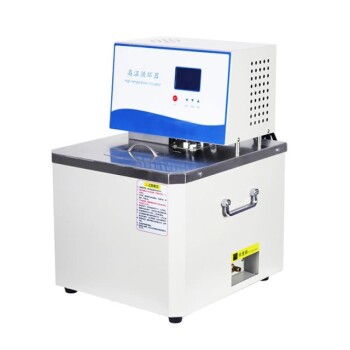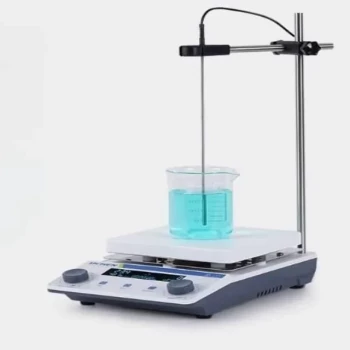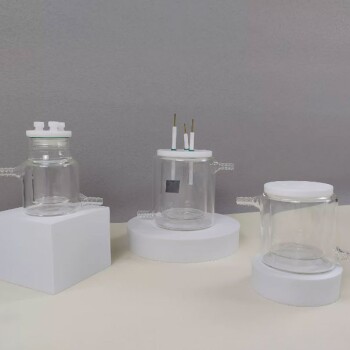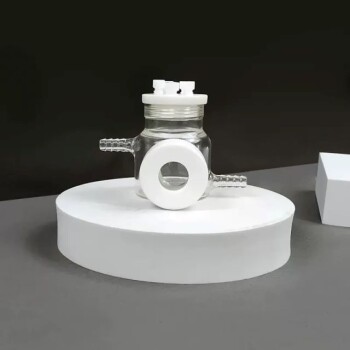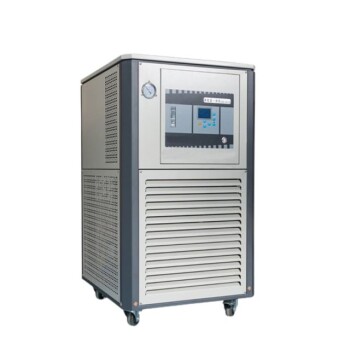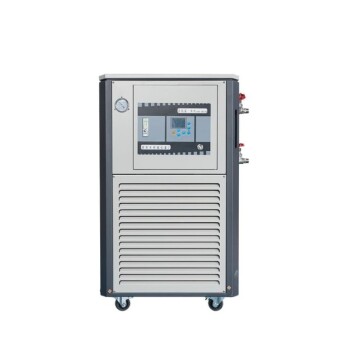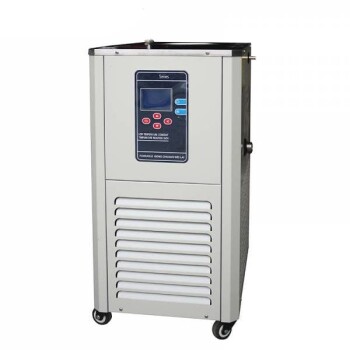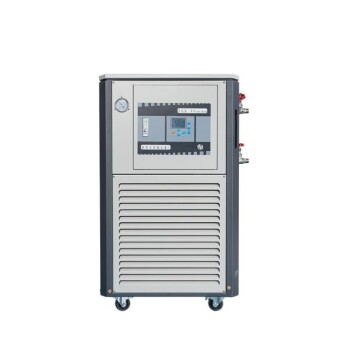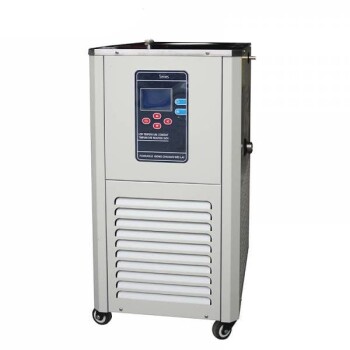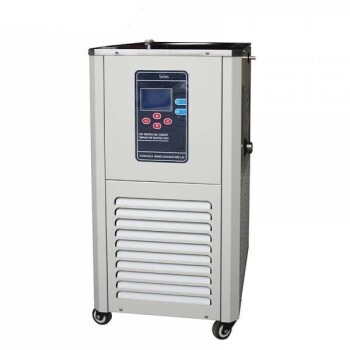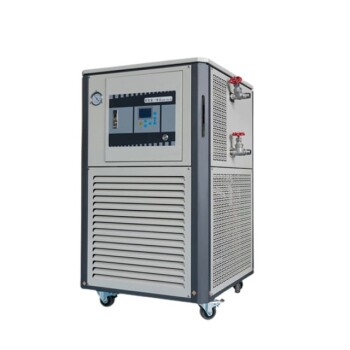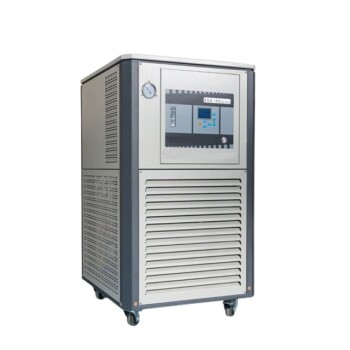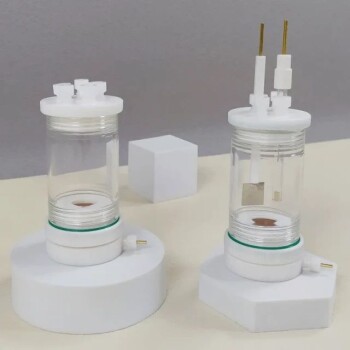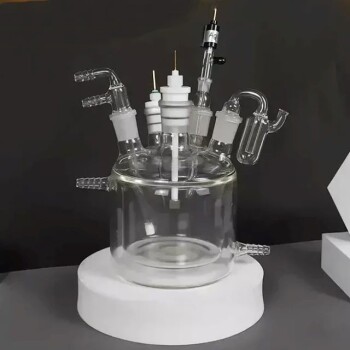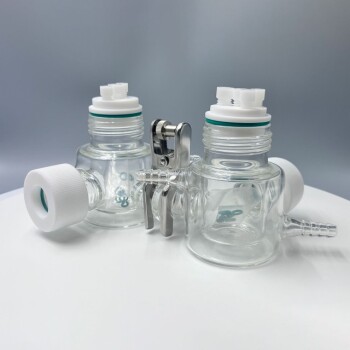Using the Constant Temperature Water Bath
Preparation
Before initiating the use of a constant temperature water bath, it is imperative to conduct a thorough inspection of the equipment to ensure it is in optimal working condition. This involves checking for any visible signs of damage or wear, such as cracks in the bath or malfunctioning controls. Additionally, the bath should be meticulously cleaned to remove any residual chemicals or debris that could interfere with the precision of the temperature control.
Once the bath is deemed ready, the next step is to prepare all the necessary experimental items. This includes ensuring that all glassware, thermometers, and other instruments are clean and calibrated for accuracy. The bath itself should then be filled with distilled water to the appropriate level, avoiding overfilling to prevent overflow during the heating process.
To achieve the required temperature, the bath must be preheated. This is a critical step that ensures the water reaches the desired temperature uniformly, which is essential for consistent experimental results. The heating process should be monitored carefully, and adjustments made as necessary to maintain the set temperature. By following these preparatory steps, users can ensure that their constant temperature water bath operates effectively and safely, providing reliable results for their laboratory experiments.
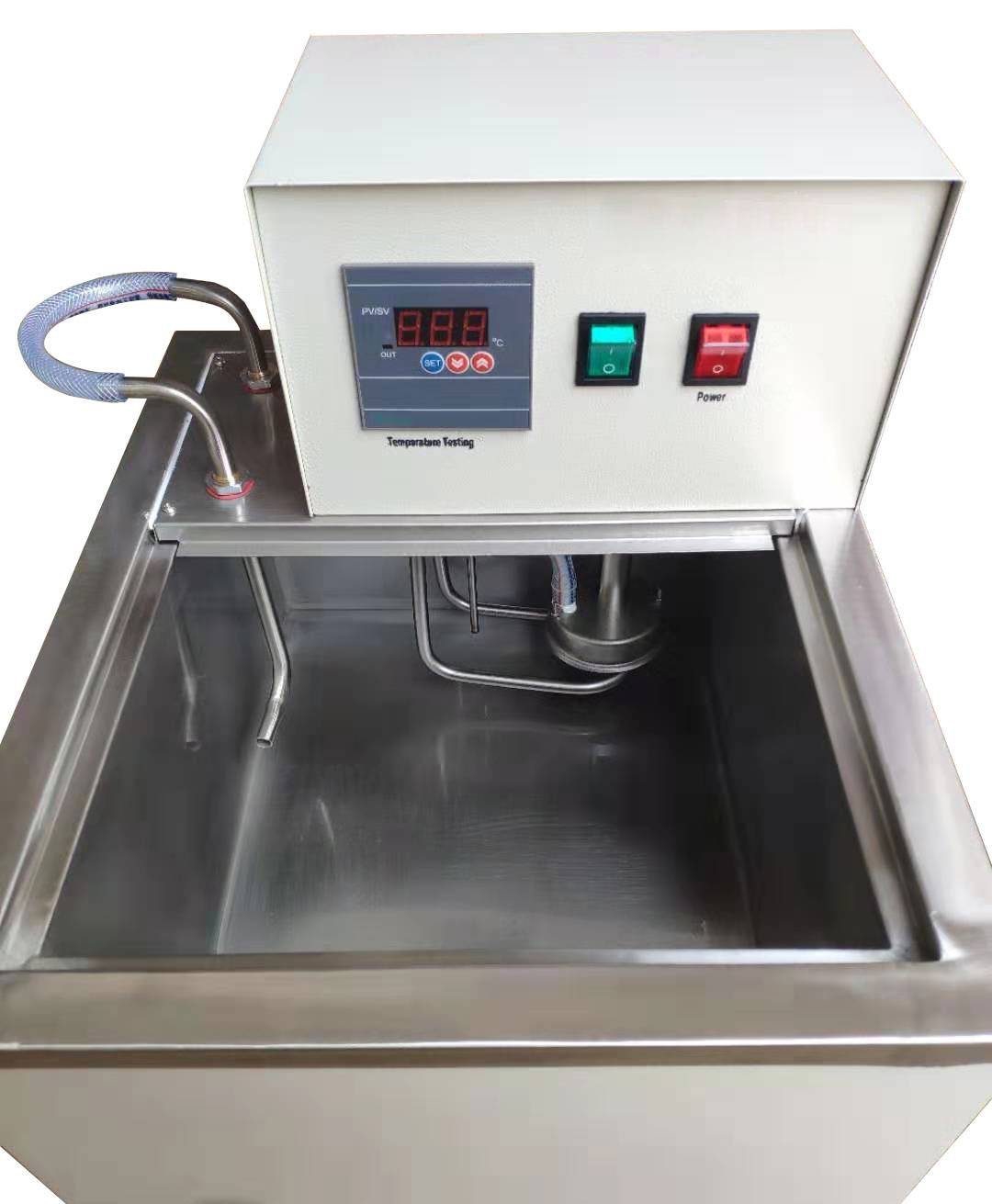
Operating Steps
To ensure the optimal performance of your constant temperature water bath, follow these detailed operating steps:
-
Placing Experimental Items: Carefully position the experimental items inside the bath, ensuring they are evenly distributed to avoid any uneven heating. Make sure that the items are securely placed to prevent any movement during the heating process.
-
Adjusting Temperature: Use the control panel to set the desired temperature. This step is crucial as it directly affects the outcome of your experiments. Refer to the user manual for specific temperature settings recommended for your experiments.
-
Managing the Heating Process: Monitor the heating process closely. The bath should reach the set temperature gradually to avoid thermal shock to the experimental items. Use the built-in temperature sensors to track the heating progress and make necessary adjustments.
-
Maintaining Constant Temperature: Once the desired temperature is reached, the bath should be able to maintain this temperature consistently. Regularly check the temperature display to ensure it remains stable. If fluctuations occur, adjust the control settings accordingly.
By following these steps meticulously, you can ensure that your constant temperature water bath operates efficiently and effectively, providing reliable results for your laboratory experiments.
Precautions
When operating a constant temperature water bath, several key precautions must be observed to ensure both safety and optimal performance.
Firstly, power stability is crucial. Fluctuations in power supply can disrupt the temperature control mechanisms, leading to inconsistent experimental results. It is advisable to use a stable power source or a surge protector to mitigate any potential power issues.
Secondly, monitoring liquid levels is essential. Overfilling the bath can lead to spillage, which not only wastes resources but also poses a risk of electrical shorts or contamination. Regular checks should be conducted to ensure the liquid level remains within the recommended range.
Thirdly, avoiding overfilling is a straightforward yet critical step. Overfilling can cause the liquid to exceed the safe operating level, leading to potential hazards such as overflow or damage to the internal components. Always adhere to the manufacturer's guidelines regarding the maximum fill level.
Lastly, preventing physical damage is vital. Collisions or falls can cause significant damage to the water bath, affecting its functionality and longevity. Proper placement and handling are necessary to avoid such incidents. Additionally, securing the unit on a stable surface can prevent accidental tipping.
By adhering to these precautions, users can ensure the safe and effective operation of their constant temperature water baths, thereby enhancing the reliability and accuracy of their laboratory experiments.
Maintenance of the Constant Temperature Water Bath
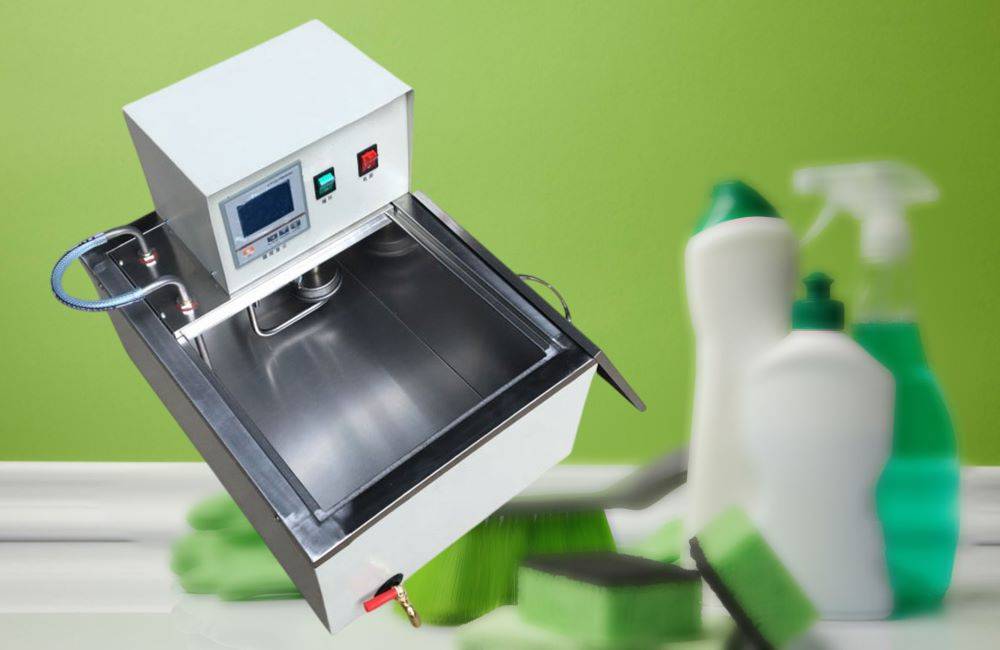
Regular Cleaning
Regular cleaning is essential to maintain the performance and longevity of your constant temperature water bath. To begin, ensure that the power is completely turned off to avoid any electrical hazards. Once the device is safely powered down, you can proceed with the cleaning process.
For the inner and outer surfaces, use a soft, lint-free cloth. This type of cloth is gentle on the device's surfaces and minimizes the risk of scratching. You can dampen the cloth with water or a mild, neutral detergent solution. Neutral detergents are ideal as they do not contain harsh chemicals that could potentially damage the water bath's components.
After cleaning, it is crucial to dry the surfaces thoroughly. Moisture can lead to corrosion and other issues, so using a clean, dry cloth to wipe down all surfaces is recommended. Ensure that no water droplets are left behind, especially in crevices and joints where they can accumulate and cause long-term damage.
By adhering to these cleaning practices, you can ensure that your constant temperature water bath remains in optimal condition, providing reliable performance for your laboratory experiments.
Avoid Dry Burning
To prevent dry burning, which can severely damage the constant temperature water bath, it is crucial to adopt a few key practices. Firstly, remove the heater part when the device is not in use. This simple step can significantly reduce the risk of accidental overheating and subsequent damage.
Next, store the heater part in a dry place. Humidity can corrode electrical components, leading to potential malfunctions. Ensuring a dry storage environment helps prolong the lifespan of the heater and maintains its efficiency.
Lastly, check for ventilation blockages before each use. Proper ventilation is essential for the efficient operation of the electric heating element. Any obstruction can lead to overheating and potential dry burning. Regularly inspect and clear any blockages to ensure the device operates safely and effectively.
By following these steps, you can effectively avoid dry burning and ensure the longevity and optimal performance of your constant temperature water bath.
Regular Replacement of Sealing Ring
To ensure the optimal thermostatic performance of your constant temperature water bath, it is crucial to monitor and maintain the sealing ring regularly. The sealing ring plays a pivotal role in preventing heat loss and maintaining the integrity of the water bath's temperature control system. Over time, this component can become worn or damaged due to constant exposure to heat and the environment within the bath.
Regular inspections should be conducted to identify any signs of wear, such as cracks, hardening, or deformation. If any of these issues are detected, immediate replacement is essential. Neglecting to replace a damaged sealing ring can lead to significant heat loss, compromising the accuracy and reliability of your experiments.
Here are some key points to consider when replacing the sealing ring:
- Frequency: Establish a routine schedule for checking the sealing ring, ideally during your regular maintenance cycles.
- Inspection: Thoroughly examine the ring for any visible signs of wear or damage.
- Replacement: Use high-quality, compatible sealing rings to ensure they meet the specifications of your water bath model.
By adhering to these practices, you can effectively maintain the thermostatic effect of your constant temperature water bath, ensuring consistent and reliable performance in your laboratory work.
Related Products
- High Temperature Constant Temperature Heating Circulator Water Bath Chiller Circulator for Reaction Bath
- Laboratory Small Constant Temperature Heated Magnetic Stirrer Heater and Stirrer
- Double-Layer Water Bath Electrolytic Electrochemical Cell
- Optical Water Bath Electrolytic Electrochemical Cell
- 20L Heating Chilling Circulator Cooling Water Bath Circulator for High and Low Temperature Constant Temperature Reaction
Related Articles
- Vacuum Induction Furnace Fault Inspection: Essential Procedures and Solutions
- Electric Heating Systems(3): Understanding, Benefits, and Applications
- Preparation and Finishing Work for Using a Low-Temperature Thermostatic Reaction Bath
- Constant Temperature Water Bath: Use, Maintenance, and Operation
- Comparing the Features of Laboratory Waterbaths: A Guide to Finding the Right Waterbath for Your Needs

